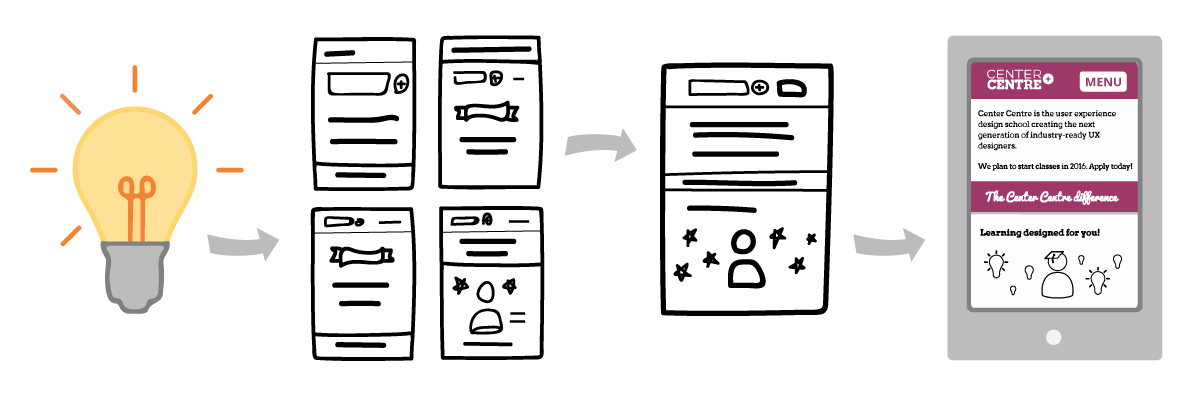
Getting the right content into your portfolio is hard. It’s especially hard when you’re creating a new portfolio or revisiting a portfolio that you haven’t updated in a long time.

Getting the right content into your portfolio is hard. It’s especially hard when you’re creating a new portfolio or revisiting a portfolio that you haven’t updated in a long time.
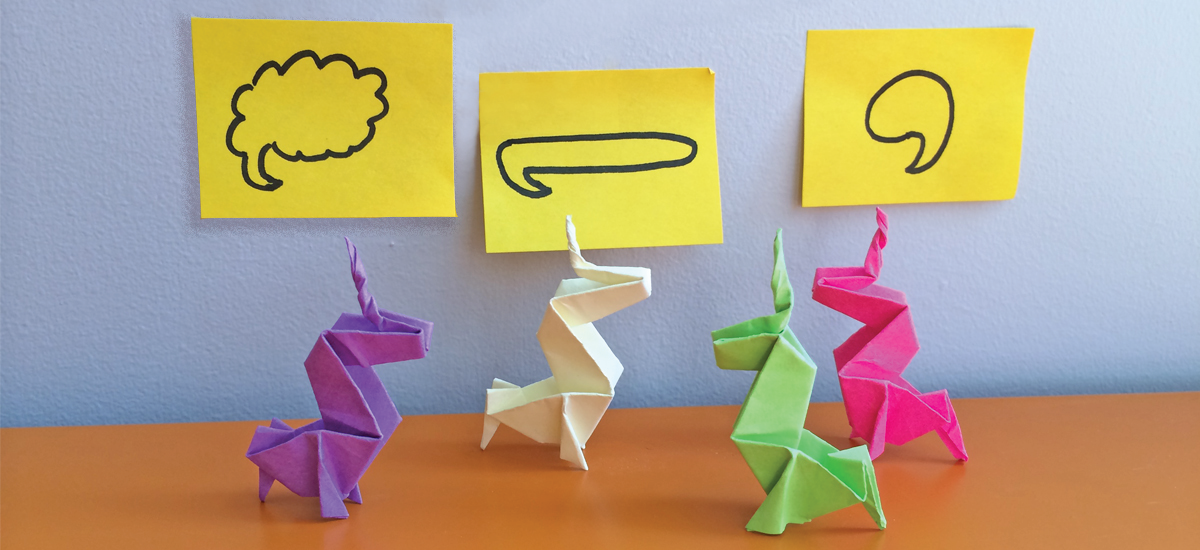
Over time, I learned to collaborate. I began to get input from stakeholders early in a project to avoid disagreements later in the project. I learned how to structure activities like brainstorming sessions so that everyone could participate and share ideas. I realized that once you know how to collaborate effectively, you can produce better results—as a team—than you can on your own.

Paying attention to how you learn is part of becoming a better learner. You can also reflect on what you learn to help your learning stick.
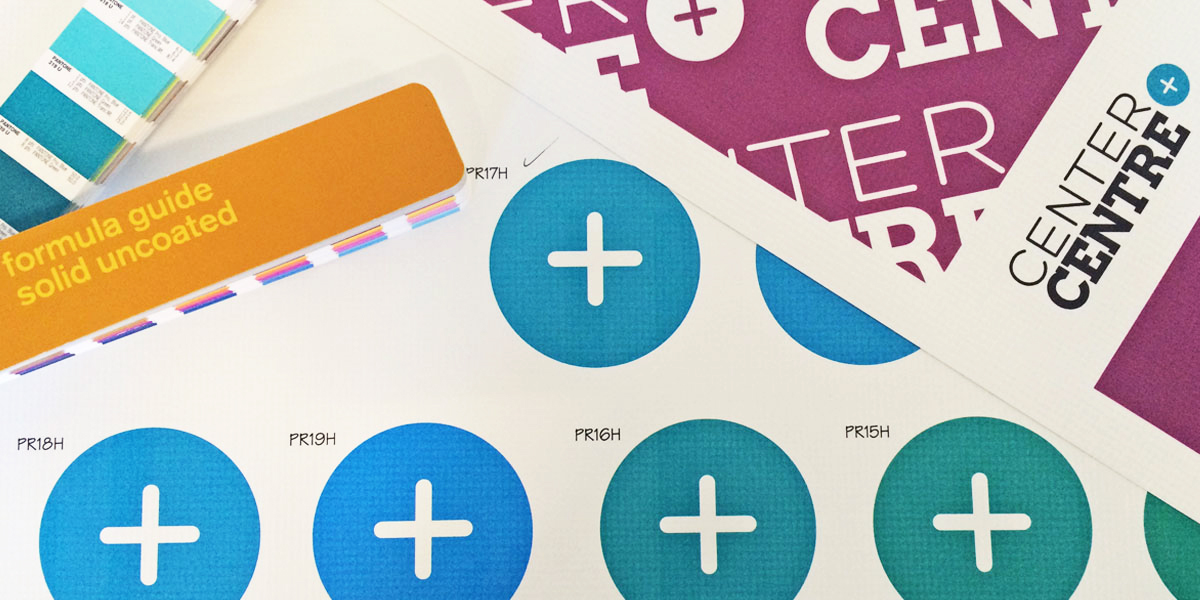
At Center Centre, we use an iterative design process for just about everything we do. Iterating allows us to measure our progress and learn from our mistakes. We test big ideas using iteration. We also fine tune details like wording, size, and even color through iteration.
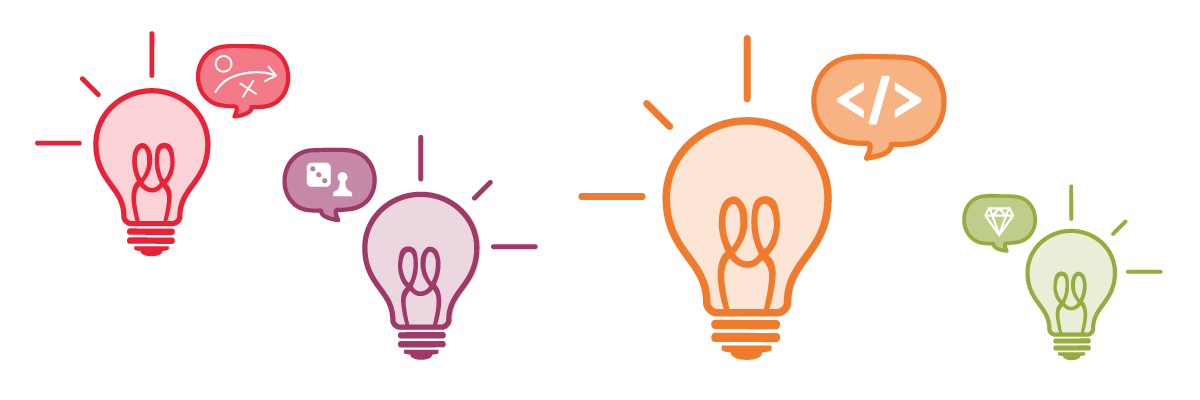
We often learn things when we need to. Remember the last time you were in a crunch to learn something so you could solve a new problem, or solve a familiar problem with a better solution? You might have learned something quickly, applied it right away, and moved on with your day. You might not have payed attention to your process of learning.

One of my favorite podcast episodes of 2015 is “Sorting Out this Mess,” a UX Podcast interview with Abby Covert and Andrew Hinton. It’s an impromptu, unplanned interview, but I was glued to the episode the entire time.
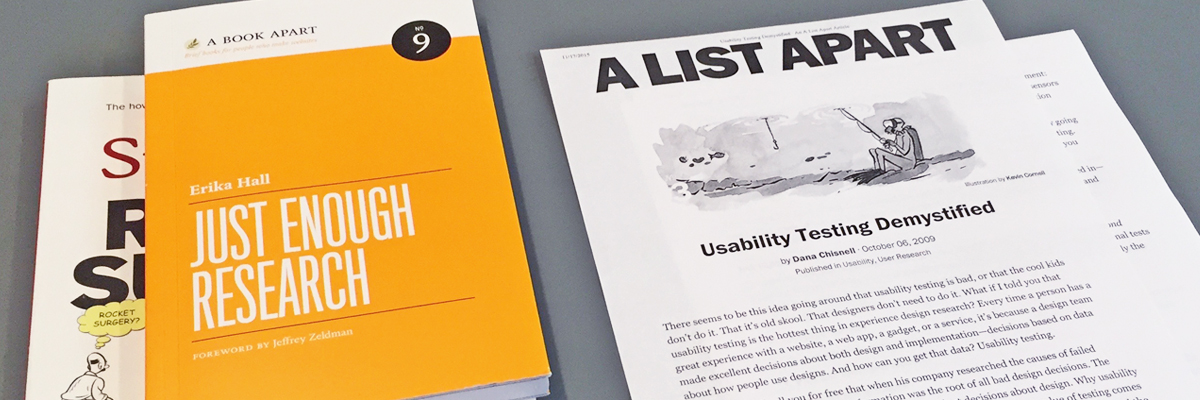
As we’ve developed the User Research Practices course, we’ve found a lot of resources to help our students learn the basics of usability testing. Below are some of our favorites. If you’d like to learn more about usability testing, use these resources to develop your own learning adventure.
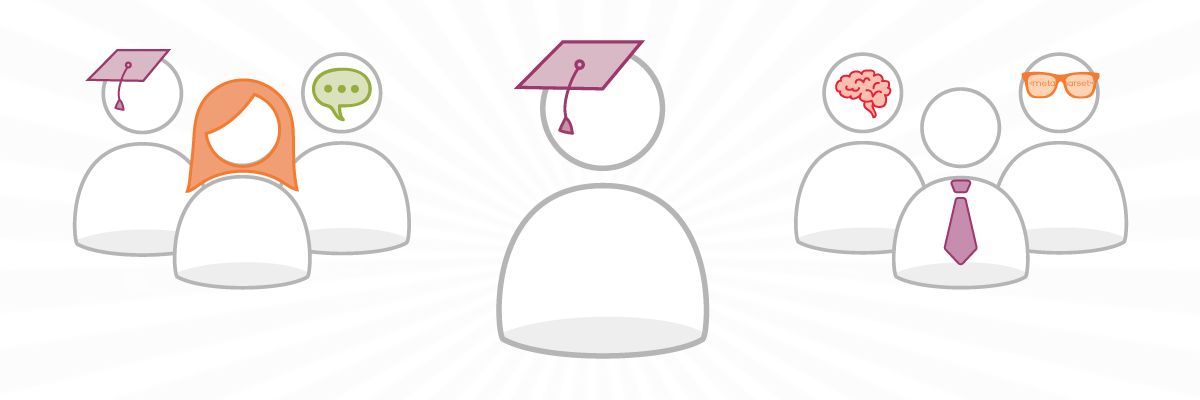
You may also think of a leader as a person in a position of power and influence—people like Sheryl Sandberg, Martin Luther King, Jr., and Nelson Mandela. People often refer to an organization’s CEO, CTO, and CFO as “the leadership,” so maybe you think of the senior managers in your organization.
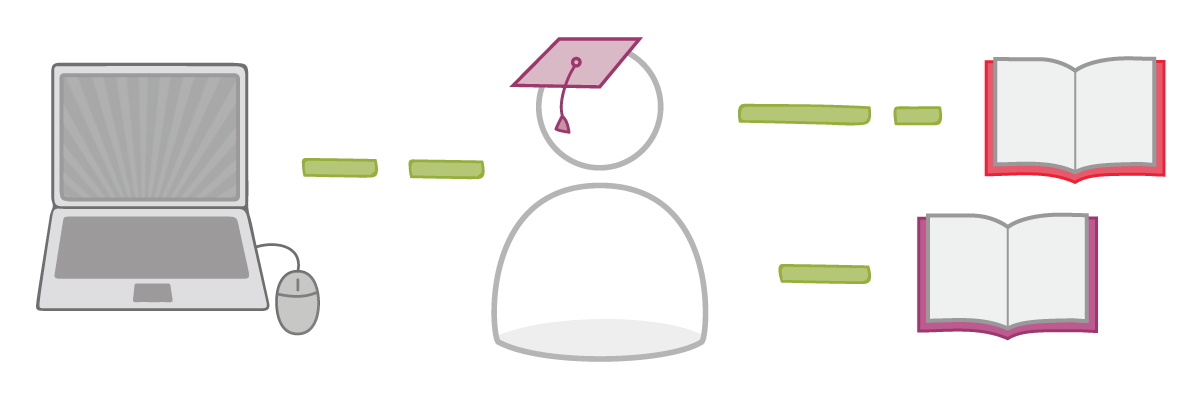
At Center Centre, we don’t require students to learn from one, specific source (or type of source). Students choose their own learning adventures. For each course, students create a personalized learning plan (PLP)—by choosing from an array of learning exercises and projects.
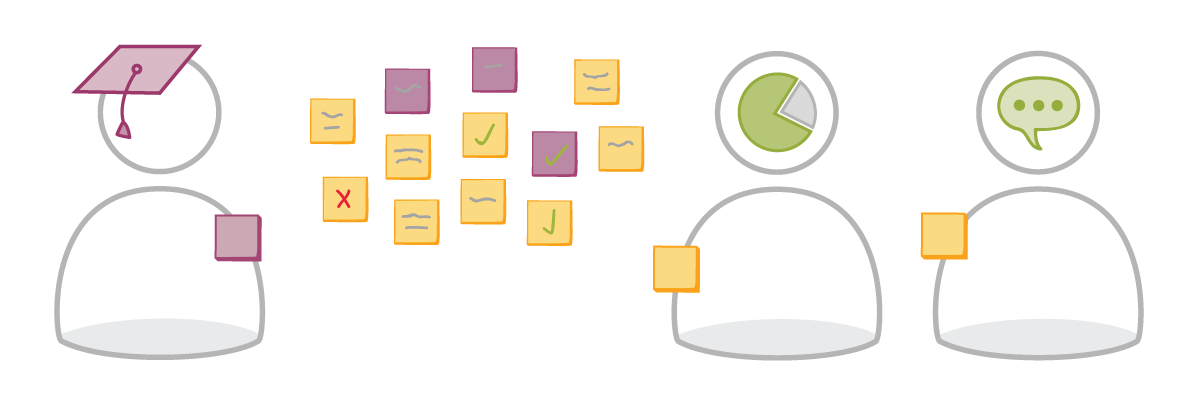
Like anything else in our industry, facilitation is a learned skill. Just like writing code or conducting a usability test, facilitation is something you learn. It’s a skill that’s improved and finessed through practice, over time.